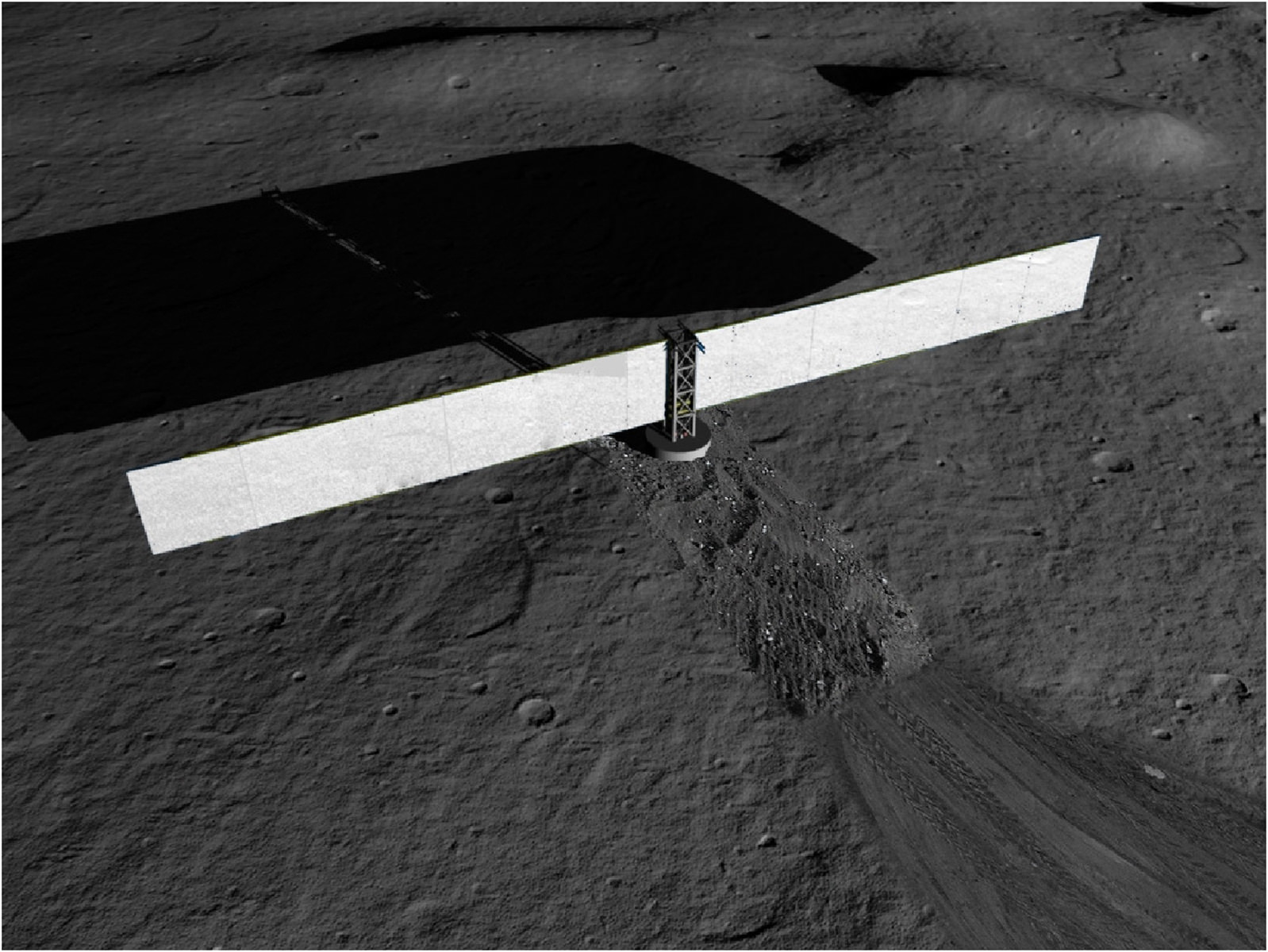If humanity ever intends upon on settling Mars (by settling I mean a one way trip with no plans on returning back to Earth), they are going to need a whole lot of chickens if they want to survive–let alone thrive–upon the red planet.
Aside from providing an excellent source of protein, chickens could help future settlers raise not only crops (such as wheat, barely, etc.) upon the barren Martian soil, but also help colonists keep the lights on through a very useful by-product (aka chicken dung).
Unlike Earth, Martian dirt is very hostile towards plant life. Unless we can genetically alter plants to grow upon the red planets soil, future settlers will have to heavily rely upon the home world for their daily bread.
Future scientists could help reduce or (even better) eliminate that need by using chicken manure, which (as far as animal dung goes) has one of the highest concentration of nutrients available, making it a perfect choice for raising plants on Mars.
But providing food for plants isn’t the only reason why future Martian colonists will probably choose these ugly (yet useful) creatures, as chicken dung can also be used for energy as well.
Using an old scientific process called pyrolysis (which is cooking biomass like manure without the presence of oxygen), future settlers could turn this smelly chicken manure into biochar (which is a charcoal like product).
Just like many farmers on Earth, future colonists could turn biochar into bio-fuel, helping to power their future space settlements along with Martian solar panels (or an underground nuclear reactor).
While other types of animals manure could also be used for raising crop or keeping the lights on, it would be much easier (not to mention cheaper) transporting chickens en mass than larger animals.
This is mainly due to the fact than an egg (averaging about 57 grams), weigh much less than say, a baby calf (which would weigh 32 kilograms at birth), making chickens the logical choice as far as future space animals go.
Although humans may eventually import other animals to Mars (whether for food or as pets), it may not be surprising to see chickens accompany future explorers in their quest to conquer the red planet.
Image Credit: Andrei Niemimäki via Flickr
Sources: New York Times, Ezine Articles, Wise Geek



